2020.12.10
ESSAY_00|無題

私たちの仕事は、デザインする対象(建築、インテリア、家具、プロダクト、その他)によってスケールの大きさや形態の違いはあるものの、基本的にはクライアントの要望をもとに、打合せとデザイン検討を重ねて形を作っていきます。
デザインを決定していく上で、例えば新築住宅の場合、敷地の形状や周辺環境の条件、または法規といったハードな側面から、機能性や経済性などといったソフトな側面まで、実に多くの要素を考慮する必要があります。
その中で それらの要素の組合せや、そこに生じた問題点に対する解決法などから「違い」を見つける、もしくは創り出すことによって自分たちのデザインの独自性を見出していきます。
ここで見つけられた、もしくは創り出された「違い」が、多くの場合私たちがデザインをする上で重要な要素となっていきます。
KiKi ARCHiでは、日本や中国、その他の国の様々な都市でプロジェクトを手掛けておりますが、それぞれ異なる場所で見出されるその場所ならではの「違い」というのは、特に面白く、興味深いです。
Although different in scale size and form depending on the object to be designed (architecture, interior, furniture, product, etc.), basically we will design thorough the several meetings and studies based on the client’s request.
In our design process, in the case of a new housing project, from the hard aspects such as the shape of the site, the relationship with the surroundings and the environmental conditions, to the soft aspects such as function, lifestyle and economic issue, there are quite many issues need to be considered.
Among them, we will find the uniqueness of our design by finding or creating a “difference” from the combination of those issues or the solution to the problems.
Finding or creating this “difference” is sometimes going to be one of the important element for our design.
KiKi ARCHi has the projects at various cities in Japan, China other countries, and the unique “differences” found in different places are especially interesting and valuable.
我们的工作内容是, 针对不同规模和形式的设计对象(建筑/室内装饰/家具/产品等), 根据客户的要求,通过多次的沟通和研究, 分别创造出一个新的设计形态.
在设计决策过程中, 例如对于一栋新建的房子, 从与周围环境条件/地形/法规等硬性要素, 到经济性/功能性/生活方式等软性要素, 确实有很多因素需要同时考虑.
我们会通过重新组合这些因素和条件,或在这些重组关系中产出的问题及解决方式来发现或创造出一个“差异”, 从而引导出我们设计的独特性.
发现或创造出来的这种“差异”经常会成为在我们设计中重要的元素之一.
现在KiKi ARCHi在日本, 中国以及其他国家的各城市进行项目. 在每个不同的地方, 只有在当地才能发现独有的“差异”, 这是特别有趣的.

私自身、子供の頃から親戚が主に海外で暮らしていたため、受験年以外の毎年の夏休みは丸々親戚達の家に滞在し、大学生のころも休みやワークショプを利用し、色々な国を比較的長い時間をかけて旅してきました。
海外での体験の醍醐味は何といっても文化の違いの発見。そこにはいつも多少なりの驚きがあり、何かに気づかされたり、 考えさせられたりする事が多かったです。
My personal story, since some of my relatives lived in oversea when I was little, I spent every summer vacation there, and when I was in university, I also traveled around various countries.
The real pleasure of experiencing abroad is discovering cultural differences. There are always some surprises, and we notice something and sometimes it is thoughtful.
我从小时候起, 由于亲戚都在海外生活,每年暑假都会在亲戚家住一段时间, 上大学之后也经常会出游很多国家或在当地参加一些设计活动.
对我而言, 出国旅行最大的乐趣就是发现文化差异. 总会有一些意外惊喜, 时而发现一些事情,时而会思考.
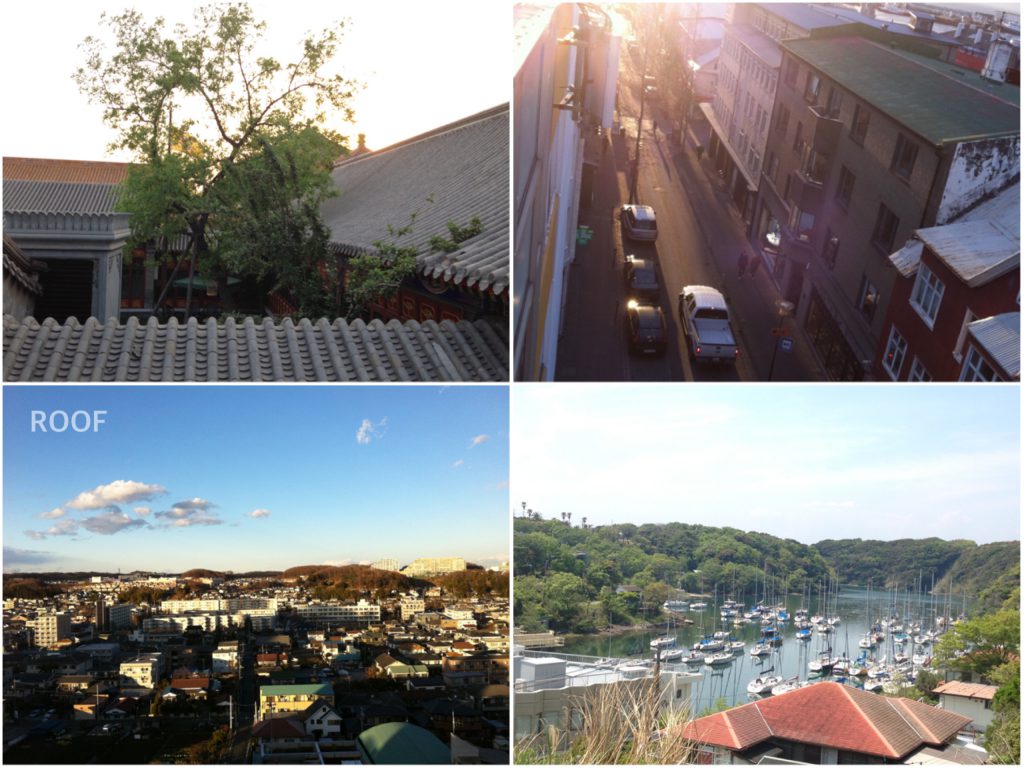
実際に建築の仕事を始めて今にいたるまでも、中国を始め、アジア、アメリカ、ヨーロッパなどの様々な国で様々な人と仕事をしてきました。
特にこの仕事は、その土地に根ざす建築を扱うものであり、そこの風土や歴史など様々な事を知る必要があります。
ただ、今の時代大まかな情報は主にウィキペディアなどといった情報源から得ることができますが、多くの場合、より貴重な情報を与えてくれるのが、そこに住み、生活する人たちです。
Since I started working in architecture, I have worked with various people in various countries, Asia, America, and Europe.
In particular, we deal with architecture which is built on the land, and we need to know various things such as the climate, culture and history of the site.
However, this kind of information can be obtained easily mainly from information sources such as Wikipedia, but in most of cases it is the people who lives there that give us more valuable information.
从我开始在这个行业工作之后, 就在亚洲, 美洲, 欧洲的各个国家, 和各个国家的人一起工作.
尤其是这个工作是涉及到“站在地上的建筑”, 需要了解掌握当地风土, 文化及历史等相关的各种事情.
其实在这个信息时代, 大部分这些内容我们都能够从百度或者Wikipedia上接收到, 但我发现在更多情况下, 更有价值的信息只能从当地居住, 生活的人们那里得知.
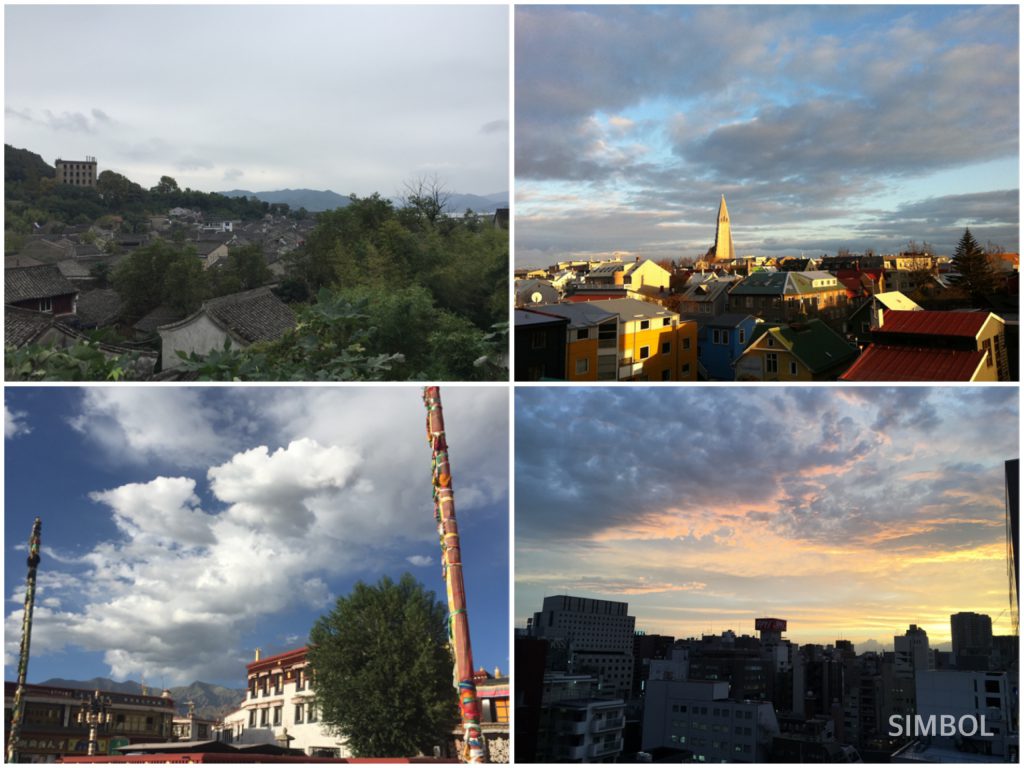
1つのプロジェクトを通して、プロジェクトの規模や内容に関係なく、クライアントをはじめ、施工者や各メーカー、業者等等、実に多くの人達とコミュニケーションを取る必要があります。
これらのコミュニケーションを通して、生活習慣や文化の違いから、歴史、宗教観といった価値観の違いまで、その背景にある様々な「違い」を読み取る事できます。
多くの場合、それらはウィキペディアなどからではなく、そこの場所でしか得られない生きた情報と言えます。
その「違い」を発見することはいつも喜びであり、時にデザインをしていく上で需要なポイントとなっていきます。
もちろん私たちが感じているその「違い」は、主観的なものであって、その時々で変容していくものではありますが、だからこそデザインもそれに伴って常に変化し、進化していくのだと思います。
On one project, regardless of the scale and content of the project, we have to communicate a lot with the client, the contractor, and each maker.
Through these communications, we can see the various “differences” behind them, from differences in lifestyle and culture to differences in values such as history and religious views.
These are kind of live information that cannot be known from Wikipedia.
Discovering that “difference” is a kind of joy, and as I wrote at the beginning, it is sometimes going to be a point of design.
Of course, the “difference” that we feel is subjective and will change every time, but that’s why the design is constantly changing and innovating.
比如一个项目,无论项目的规模和内容如何, 都需要与客户, 施工方, 还有各方面的供应商进行大量沟通.
通过这些沟通可以得到来自其所在环境及背景的各种“差异” —- 生活方式, 生活习惯等方面的文化差异, 以及历史, 宗教观点等方面的价值观差异.
这些信息都无法从百度或Wikipedia等网络媒介获取到, 是只能在当地得到的一种鲜活的信息.
发现这种“差异”是一种幸运, 而且对于我们的设计也是很重要的一个点.
当然, 我们感觉到的“差异”是主观的, 并且会随着时间而变化, 但这样就可以让设计不断变化和持续性发展.
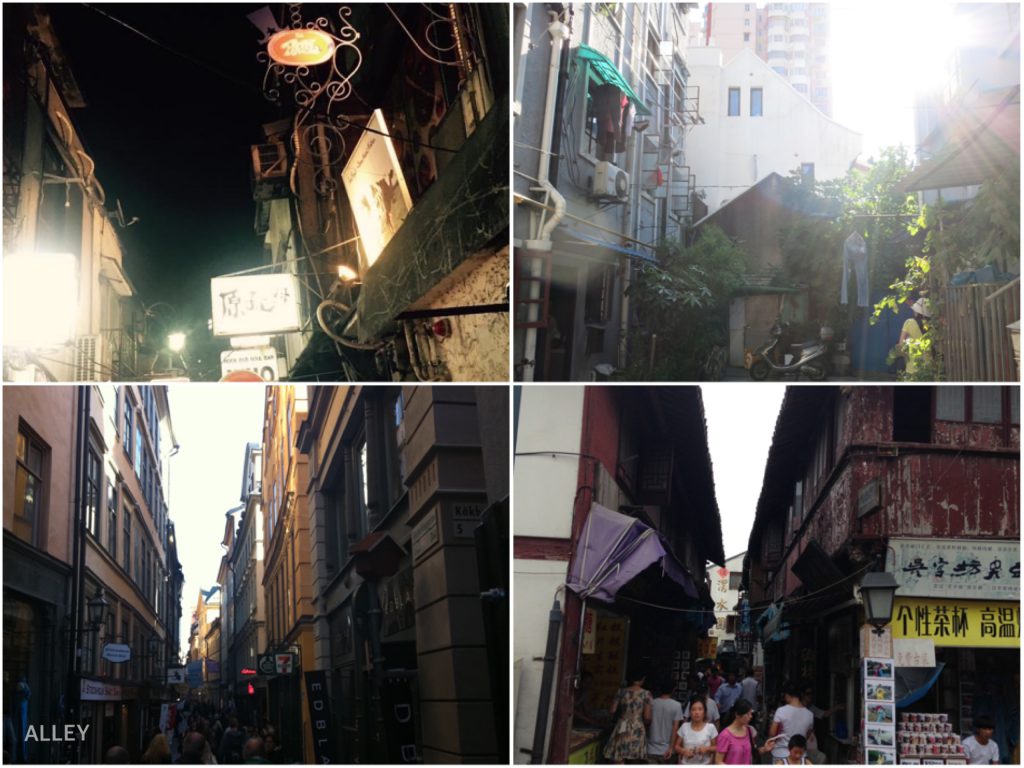
現在私たちは北京に生活拠点を置きながら、いくつかの都市をまたいでデザイン活動をしておりますが、これまでの作品や進行中のプロジェクトを通して、設計している過程の中で発見した事や、考えた事、または感じたことなどをエッセイという形で定期的に発信していきたいと思います。
I am currently living in Beijing, and we are doing design work of several points in the world.
I will upload short essays to share something which I found, thought or felt through both of past and ongoing projects.
Coming soon….
我们现在将公司总部设在北京, 与此同时也在不同的城市进行设计工作. 以后, 也会根据过去的作品或进行中的项目, 以及设计过程中的发现, 思考, 和感受陆续通过文章的形式定期分享.
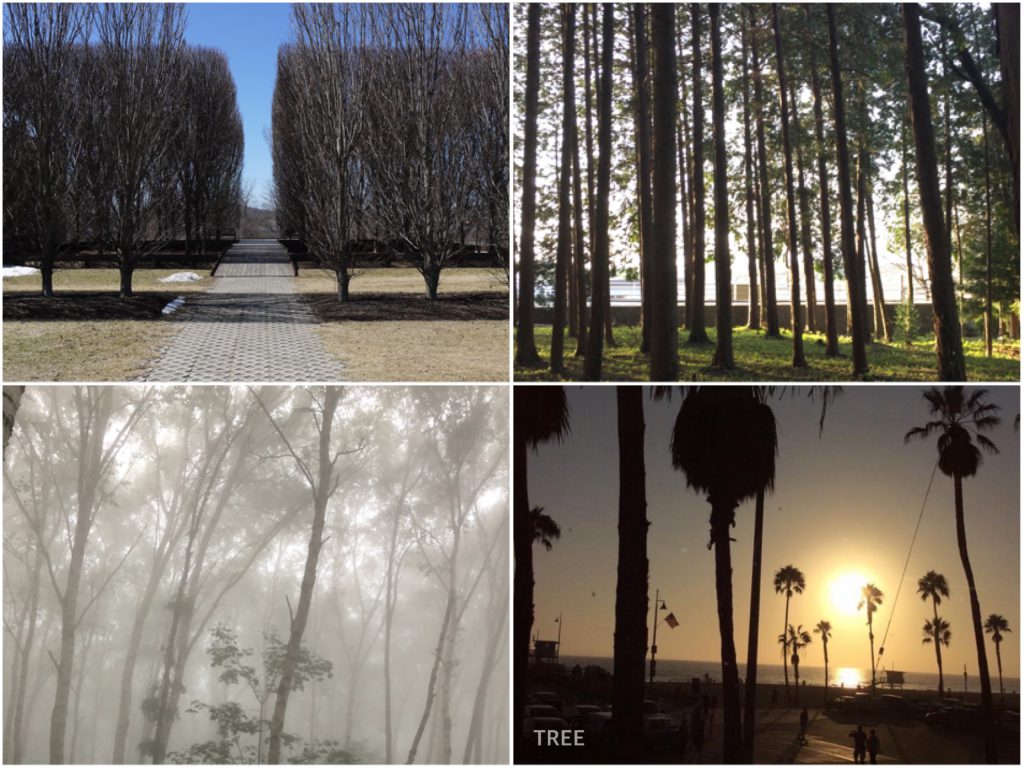
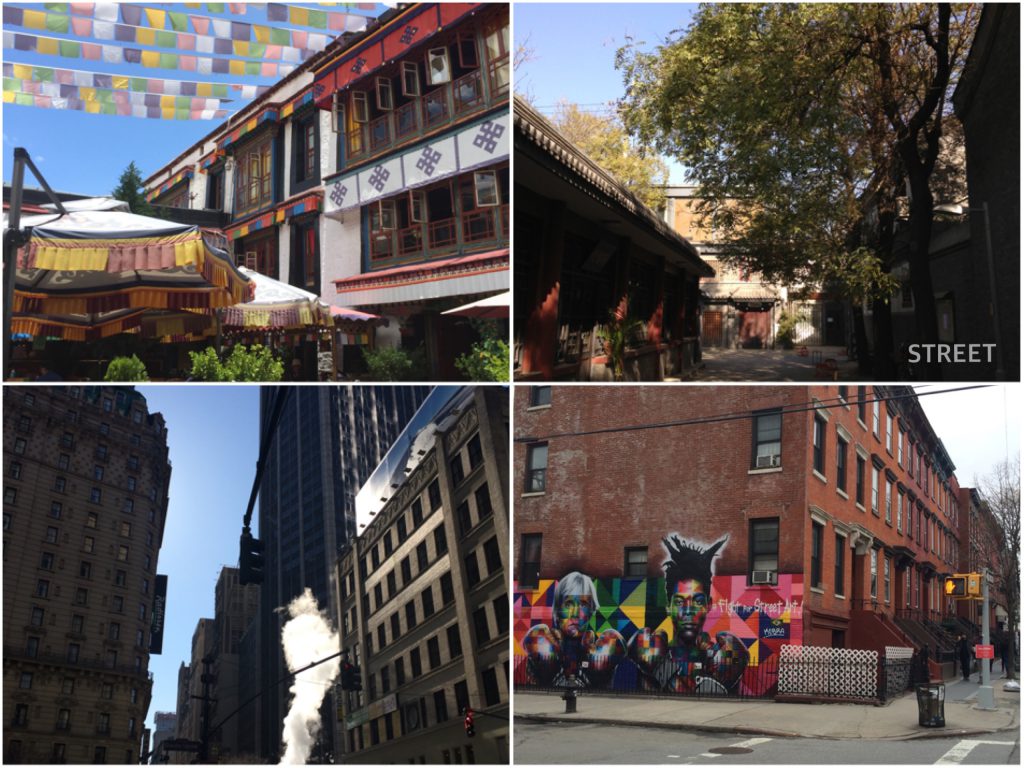
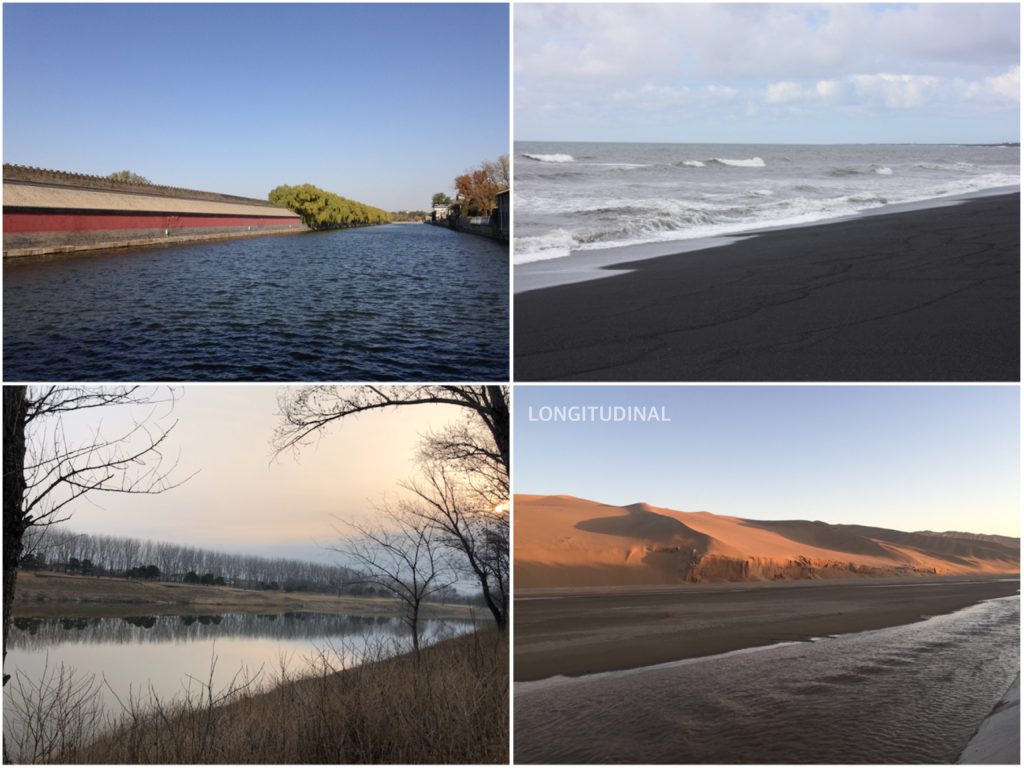
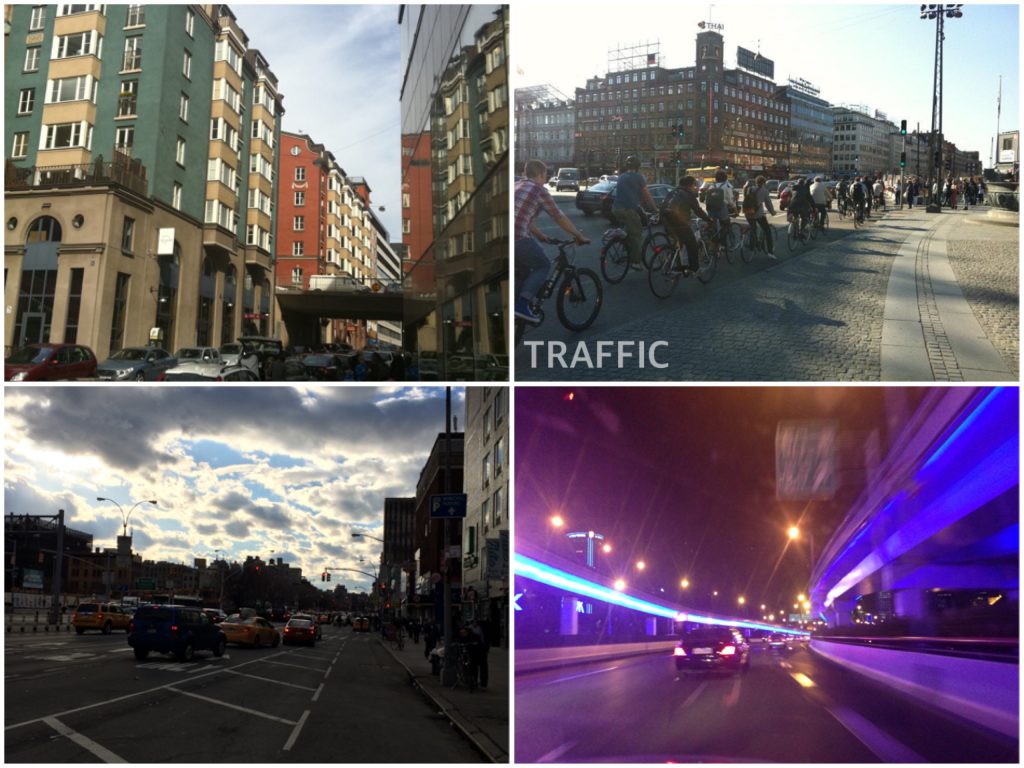
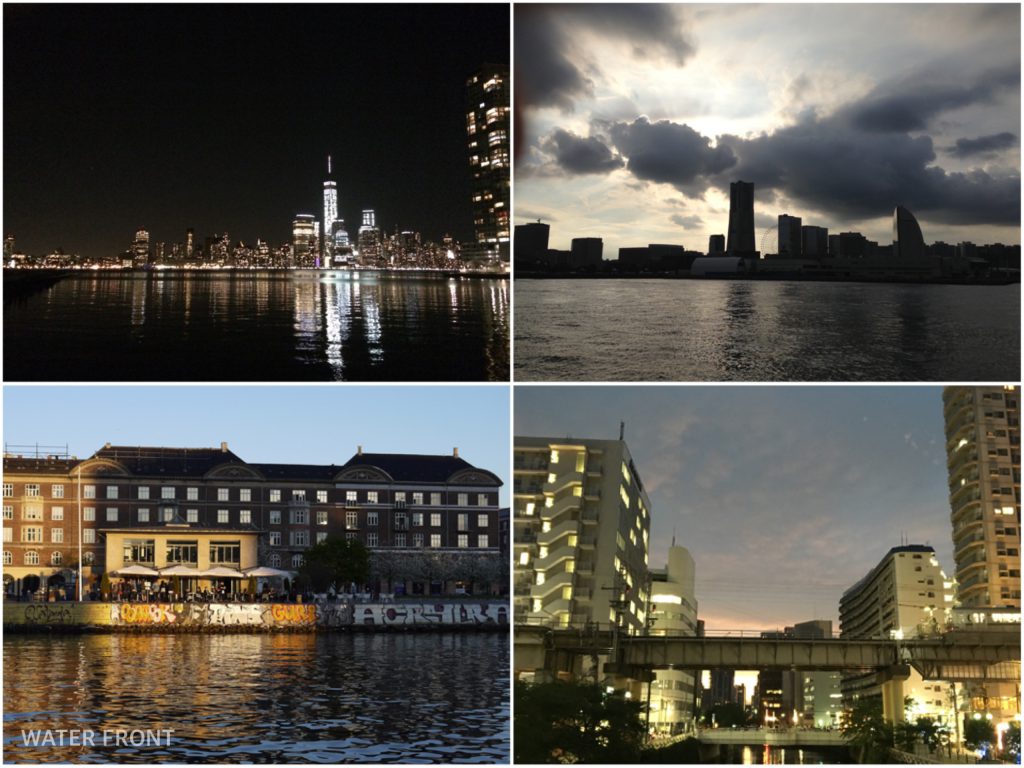
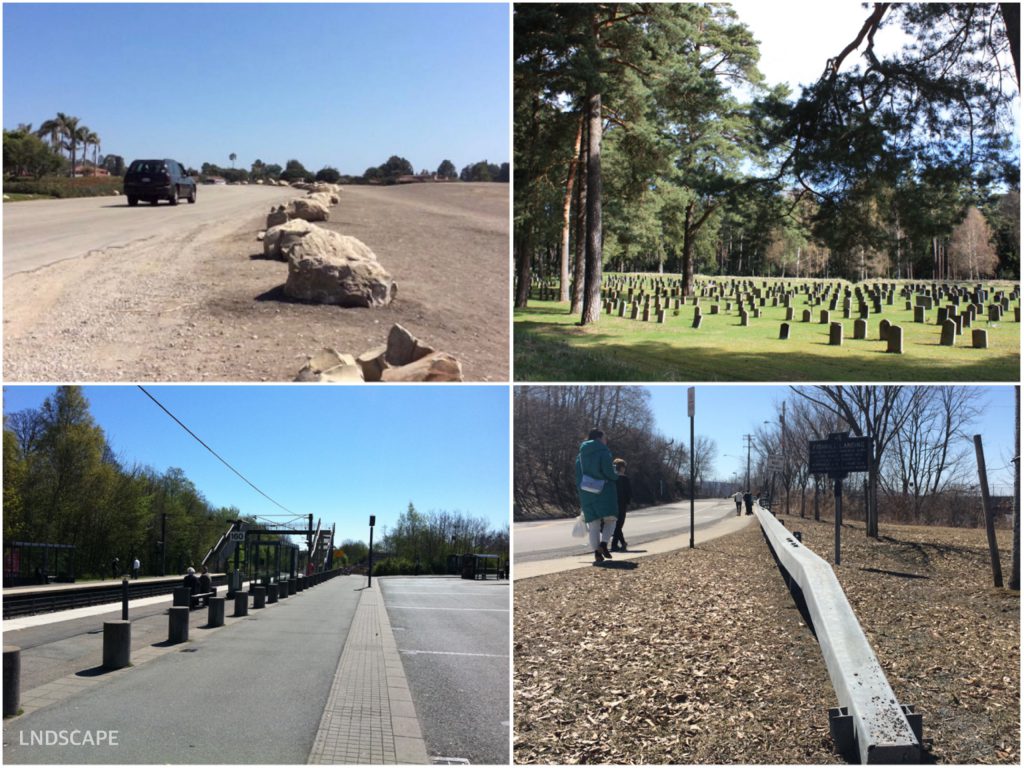
Copyright © KiKi ARCHi All rights reserved.